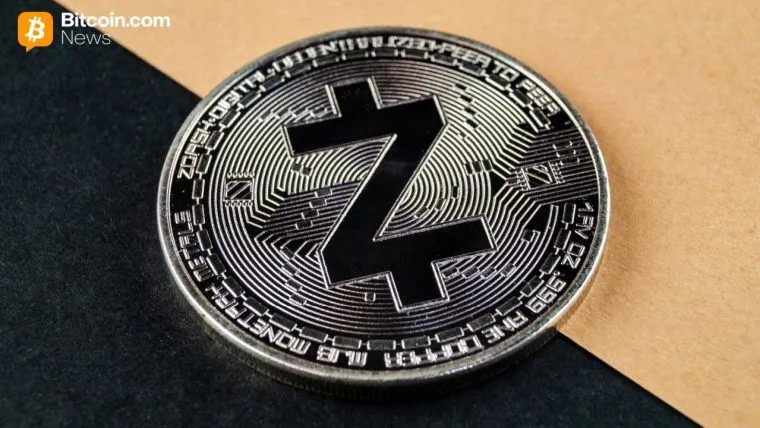With the global macroeconomic environment adjusting and institutional funds continuously flowing in, the cryptocurrency market is undergoing a transition from "accelerated growth" to "structured consolidation." The following analysis is conducted from three major dimensions—capital flow/price trends, macro and regulatory environment, and market structure and risk signals—and provides an outlook on trends for the next one to two months.
Recent data shows that global cryptocurrency ETFs recorded a net inflow of approximately $5.95 billion in the week ending October 4, 2025, setting a new historical high. Meanwhile, Bitcoin broke through its historical high of about $125,000 on October 5. These figures reflect an increasing interest from institutional investors in digital assets.
From the perspective of futures derivatives, Ethereum's futures and options contracts reached new highs in trading volume and open interest in Q3. In contrast, the market also experienced a large-scale liquidation event in mid-October: Bitcoin once dropped over 14%, resulting in more than $19 billion in forced liquidations.
Two trends can be observed: first, digital assets are shifting from retail speculation to institutional participation; second, despite the strong upward momentum of underlying assets, short-term risks are also rising, and market liquidity and leverage exposure warrant caution.
In terms of macro policy, the Federal Reserve lowered the target range for the federal funds rate to 3.75%-4.00% during its meeting on October 28-29, indicating a potential shift from tight to moderate monetary policy. This expectation of liquidity expansion is generally seen as favorable for risk assets, including cryptocurrencies. On the other hand, the trends of the dollar, bond yields, inflation data, and global geopolitical risks continue to provide dual variables for the market.
On the regulatory front, the legal framework for stablecoins and cryptocurrency infrastructure is being accelerated. The importance of stablecoins for the "Bank 2.0" model has been emphasized in academia. Against this backdrop, the logic for market increases is no longer limited to speculation but also includes asset allocation and the "alternative" intention to hedge against inflation and currency devaluation.
As institutions enter, the market structure is changing: more large open contracts, a deeper options market, and higher trading volumes, but accompanied by thinner spot liquidity and higher tail risks. Recent data shows that as Bitcoin retraced, the volume of put protection trades significantly increased, reflecting growing market concerns about downside risks. Additionally, the influx of Grayscale funds, the expansion of ETFs, and the strengthening correlation between digital assets and traditional financial assets indicate that Bitcoin and others are gradually integrating into mainstream investment portfolios.
However, it is also important to note that when assets rapidly rise to new highs, the probability of short-term pullbacks increases. The liquidation event in mid-October serves as a reminder. Furthermore, altcoins have experienced larger declines compared to Bitcoin, indicating a shift in market risk appetite—capital is concentrating from high-risk small coins to blue-chip crypto assets.
The price range is oscillating with an upward bias, but breakthroughs need to await validation from large funds. With institutional funds entering and the ETF and derivatives markets becoming active, Bitcoin may maintain a range of $110,000-$130,000. If it breaks through the high, it could trigger a new round of technical breakthroughs.
Liquidity and macro policy are key variables. If the Federal Reserve further signals easing, funds are likely to tilt towards crypto assets; conversely, if the policy is dovish but lacks momentum, the market may remain volatile.
Identifying resilient assets and undervalued sectors is crucial. In the current capital structure, Bitcoin and Ethereum remain core; however, caution is advised when selecting high-volatility altcoins, with attention to project fundamentals and liquidity conditions.
Risk management cannot be overlooked. Leverage events, liquidation volatility, and liquidity shortages may arise at any time. It is recommended that holders reasonably control their exposure, diversify risks, and prepare for stop-loss measures.
Related articles: This Week in Review and Next Week's Outlook | S&P gives Strategy a "B-" rating for the first time; CZ ranks 13th on the Hurun Rich List with 190 billion yuan; Musk launches Grokipedia; Japan's first yen-pegged stablecoin JPYC officially launched.
Original text: “Trends and Risk Analysis of the Crypto Market Driven by Institutional Funds”
免责声明:本文章仅代表作者个人观点,不代表本平台的立场和观点。本文章仅供信息分享,不构成对任何人的任何投资建议。用户与作者之间的任何争议,与本平台无关。如网页中刊载的文章或图片涉及侵权,请提供相关的权利证明和身份证明发送邮件到support@aicoin.com,本平台相关工作人员将会进行核查。




